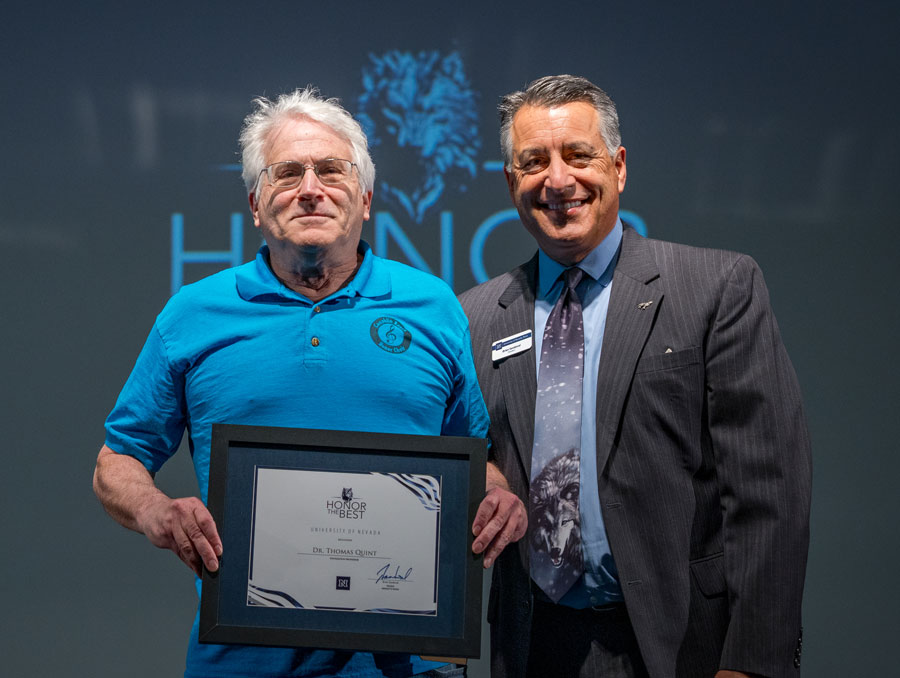The torch relay is one of the most exciting parts of the opening ceremony of the Olympics, and keeping that flame alive through rain, snow and wind is no small feat.
The world tuned in to watch the opening ceremony of the Paris Olympics on July 26, and it had many wondering: How did the Olympic torch stay lit while bearers ran through the streets of Paris in the rain?
Well, it turns out the answer is more complex than one might think. Brandon Weeks, professor of chemical engineering and associate dean of research at the University, breaks down the answer.
How does the Olympic torch stay lit during the relay?
Three things are needed for a fire: fuel, oxygen and heat. If the heat remains steady, it is less likely for the flame to go out. Now, this comes as a bit of a challenge during the relay because the torch bearers must make sure the elements, like wind and rain, don’t take away that heat.
During the Paris Games opening ceremony, it started to rain. How did the torch stay lit during that wet weather? If the heat generated by the flame overpowers the heat dissipated by the water, the flame will stay alive. The light rainfall during the Paris Olympic opening ceremony was not enough to put out the fire. This goes for the wind as well, which can also dilute the fuel of the flame, causing the fire to extinguish.
Designers of the Olympic torch take measures to protect the flame from the wind. The Museum of London website showcases the torch used at the 2008 Beijing Olympic Games. Making the torch long gives the illusion that the flame is smaller than it really is. In fact, most of the flame is covered by the torch handle. The gas is contained at the bottom of the torch so that the flame travels upward through the top, giving the look that it is only a short flame stemming from the top. This long flame gives it more protection from the elements, keeping the power, heat and energy alive even in rain and wind.
How is the torch transferred from Greece?
The flame is lit in Olympia and then transferred via relay by torch bearers to whichever city is hosting the games during that Olympiad. There have been times when the flame has gone out, and when this happens, they are prepared.
Multiple torches are used and passed on through each city of the relay until the flame reaches the location of the Games, per the official Olympics website. The torch may travel by plane, foot or car. Only one torch is lit at a time and is used to carefully light the remaining torches on the route to ensure a smooth transfer. Every torch is monitored closely and given to different torch bearers to make their trek to the Olympics.
You can learn more about the Paris 2024 Olympic Torch on the Olympics website.
About the professor
Brandon Weeks is the associate dean of research and professor of chemical engineering in the College of Engineering at the University of Nevada, Reno. Receiving his doctorate in chemistry from the University of Cambridge, Weeks researches explosives and the safety of them, as well as consults in applications. He is also experienced in television/media consulting.

















